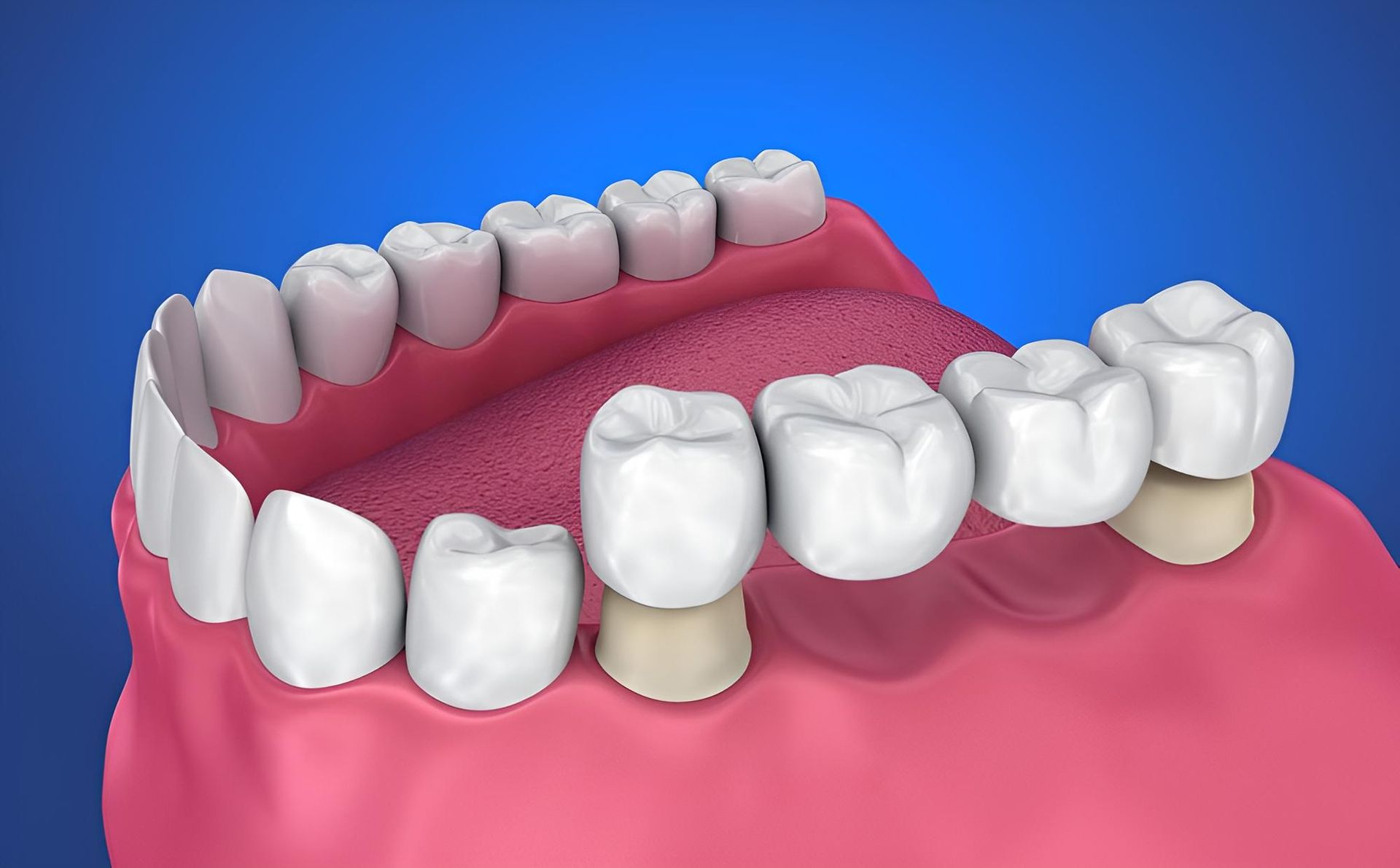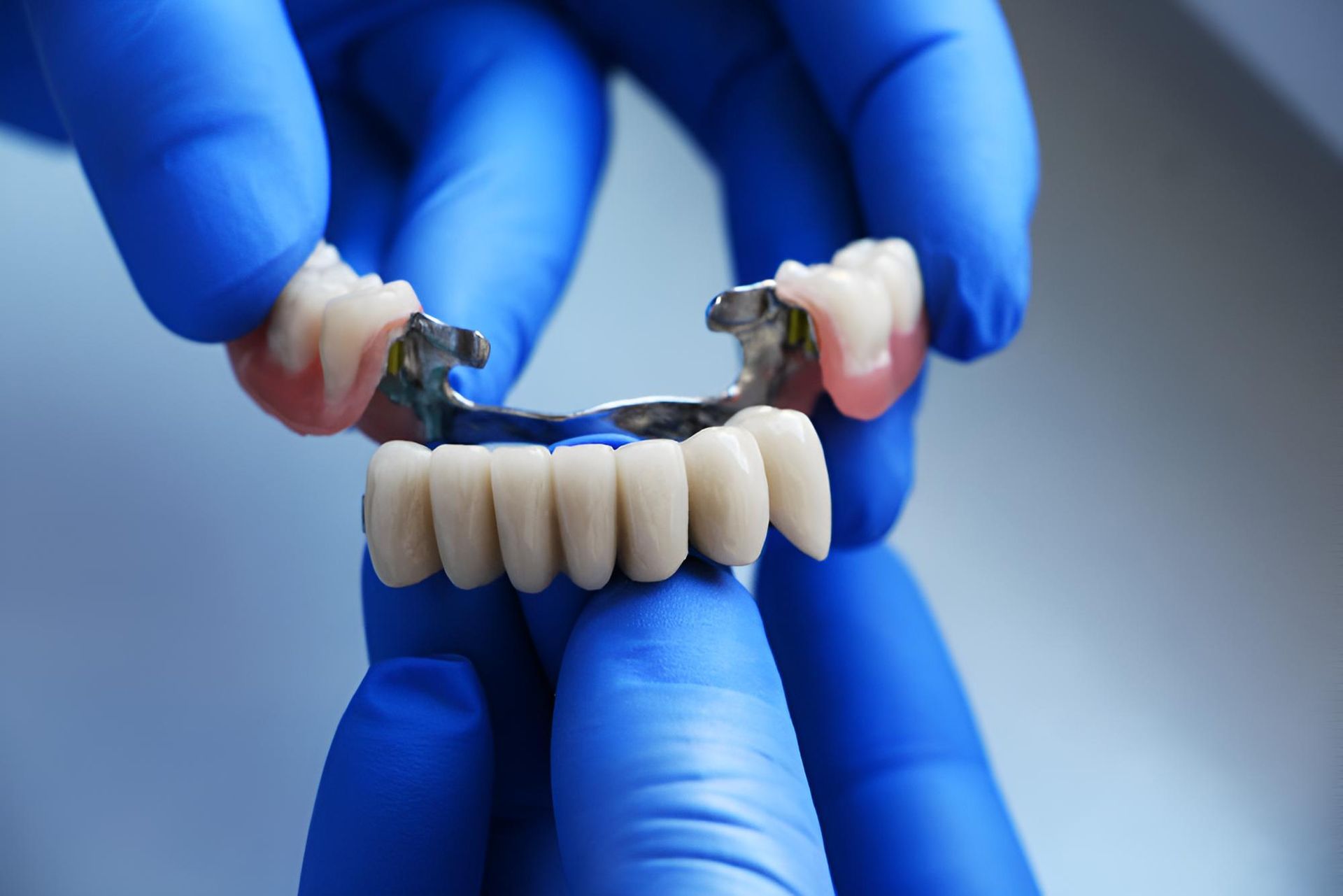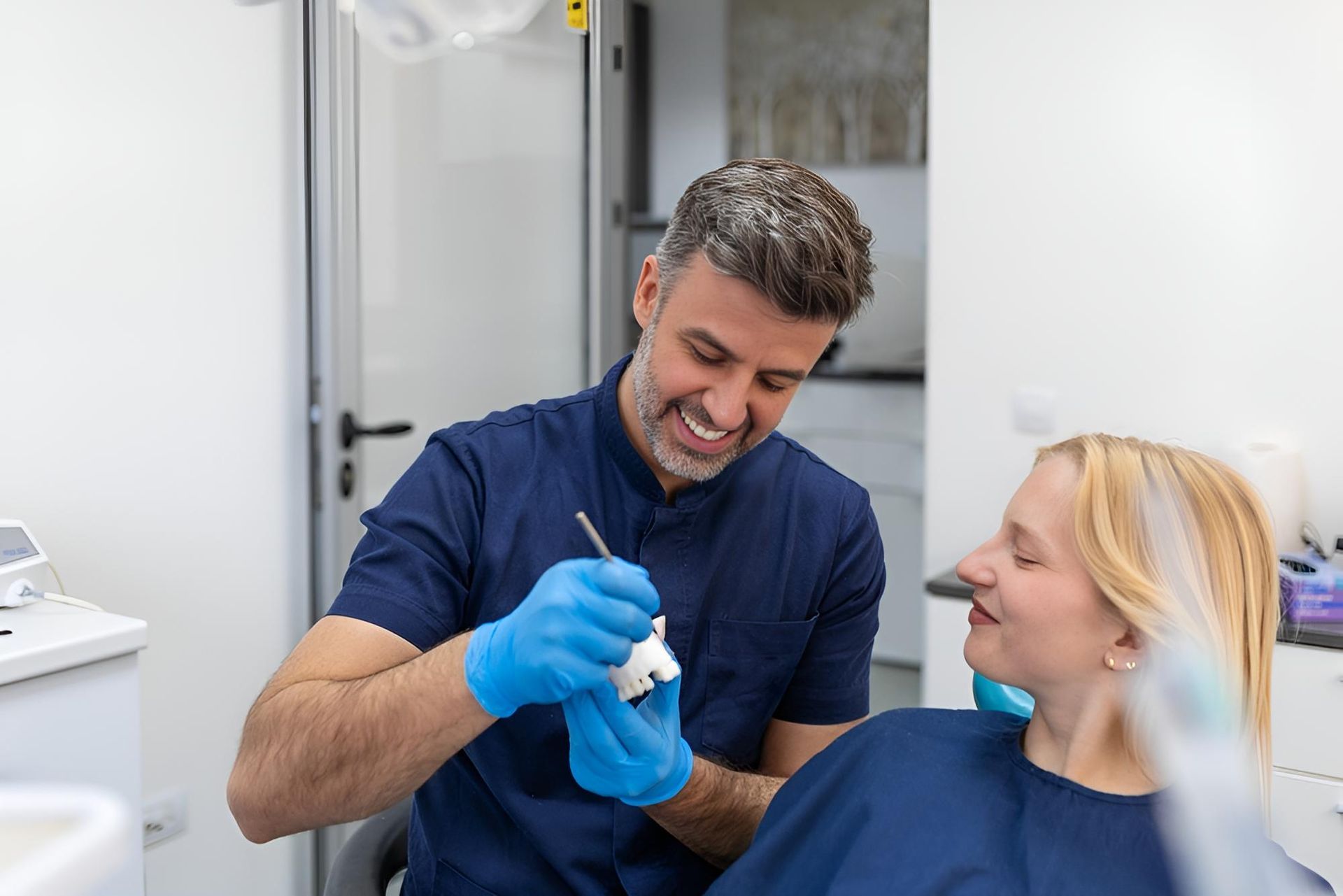Trower Dental
Dental Bridges in Darwin
- Holistic Dental Approach
- Comprehensive and Affordable Care
- Patient-Centred Comfort
Request a Call Back
Thank you for contacting Trower Dental.
We will get back to you as soon as possible.
Oops, there was an error sending your message.
Please try again later.
Closing Gaps, Improving Confidence
Missing a tooth can affect the way your smile feels and functions day to day. At Trower Dental, we offer dental bridges in Darwin to help support your natural bite and overall comfort. We understand how important it is to maintain a balanced, functional smile, and bridges can play a key role in that process.
Dental bridges are used to fill the space left by one or more missing teeth. They involve an artificial tooth anchored to the adjacent natural teeth or implants. Our goal is to ensure the bridge feels stable and fits comfortably so that your daily eating and speaking habits remain easy and natural.
If you're considering this treatment as part of your care plan, we’re here to guide you—call us today on (08) 8945 4022 to book an appointment. We also provide dental crowns, veneers and more.
What Our Dental Bridges Assist With
Dental bridges can help restore function and support the structure of your mouth after tooth loss. If you're managing a gap in your smile, here are some of the ways a bridge may assist:
- Improved Chewing Ability: Dental bridges can help distribute the pressure of your bite more evenly, making chewing feel more balanced.
- Support for Facial Shape: By filling gaps, bridges may help prevent your facial muscles from shifting inward over time.
- Reducing Bite Misalignment: Replacing missing teeth can support the alignment of your bite and avoid potential shifting of surrounding teeth.
- Minimising Speech Changes: Replacing lost teeth may help reduce speech issues caused by gaps, especially for certain sounds or syllables.
- Preventing Tooth Movement: Bridges can reduce the risk of nearby teeth moving into the empty space and affecting your bite.
Dental bridges play a supportive role in long-term dental health. Book a consult today to discuss your options.
Our Dental Bridge Fitting Process
Fitting dental bridges involves a few important steps tailored to your needs. At your first visit, we assess the gap left by the missing tooth and prepare the surrounding teeth to support the bridge. These adjacent teeth are gently reshaped so they can hold the crowns that anchor the bridge in place.
Once the area is prepared, we take impressions to ensure your bridge is made to match your bite and blend with your existing teeth. A temporary bridge may be placed while your custom bridge is being created, helping you maintain comfort and function between visits.
At your follow-up appointment, we carefully fit the permanent bridge and make any final adjustments to ensure it sits comfortably and securely. We’ll also go over how to care for your bridge day-to-day. This process allows your new dental bridge to feel natural and support the overall balance of your smile.
Are there different types of dental bridges?
Yes, there are several types of dental bridges designed to suit different needs. Traditional bridges are the most common, using crowns on either side of the gap. Cantilever bridges are used when only one adjacent tooth is available. Maryland bridges use a metal or porcelain framework for support, while implant-supported bridges rely on dental implants instead of natural teeth. The choice depends on your dental structure, location of the gap, and overall oral health.
How do I clean a dental bridge?
Cleaning a dental bridge requires special attention to prevent gum issues and decay around supporting teeth. Use a soft-bristled toothbrush to clean the bridge surfaces thoroughly. Flossing under the bridge is essential and can be done using floss threaders or interdental brushes. Antibacterial mouthwash may help reduce bacteria. Regular dental check-ups are important to monitor the bridge and surrounding teeth, ensuring everything remains clean and stable over time.
Can I eat normally with a dental bridge?
Yes, you can eat most foods with a dental bridge once it’s properly fitted and you’ve adjusted to it. Start with softer foods and gradually return to your usual diet. Avoid excessively hard, sticky, or chewy foods as they can damage or dislodge the bridge. Good chewing habits and mindful food choices can support the bridge’s longevity. Maintaining strong oral hygiene habits will also help keep the bridge and surrounding teeth in good condition.







